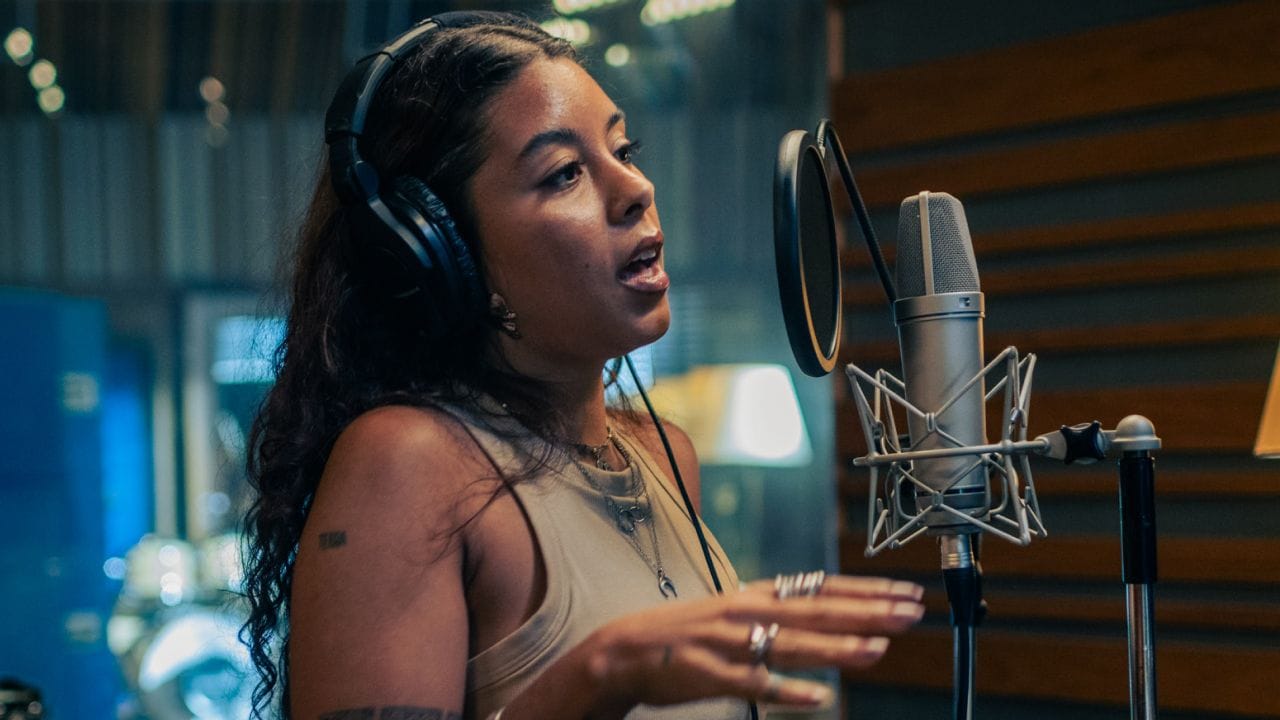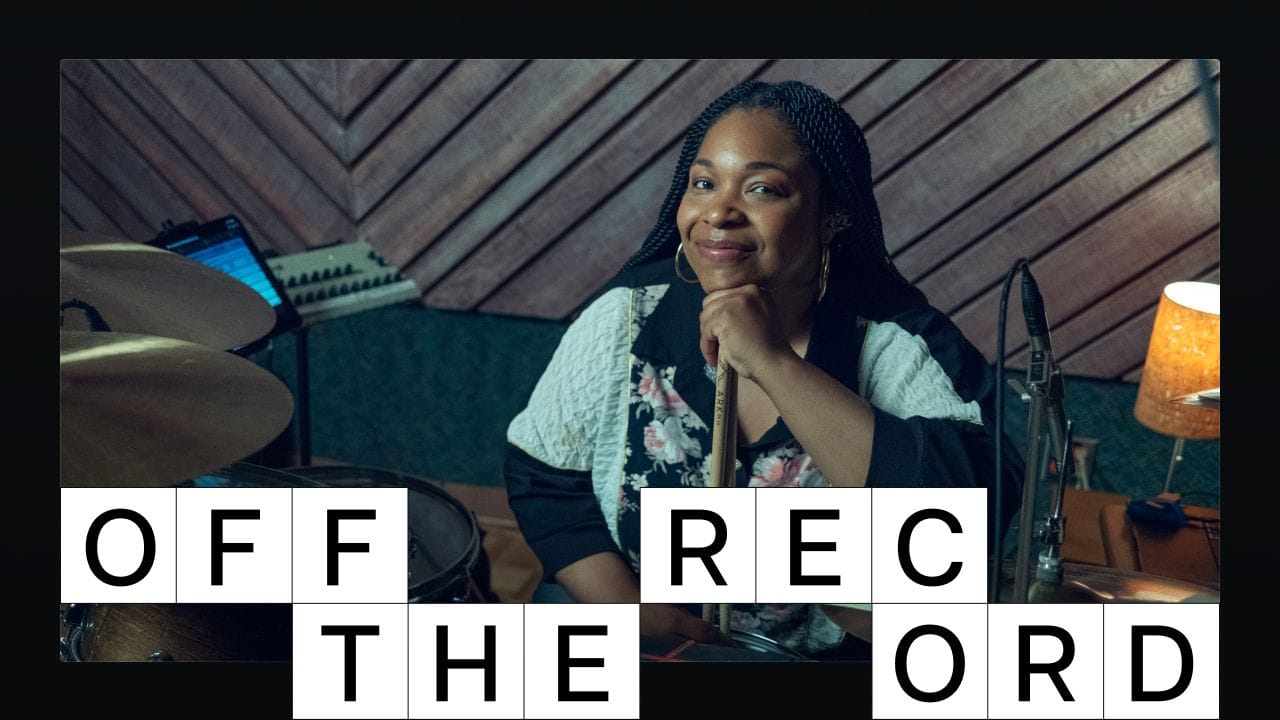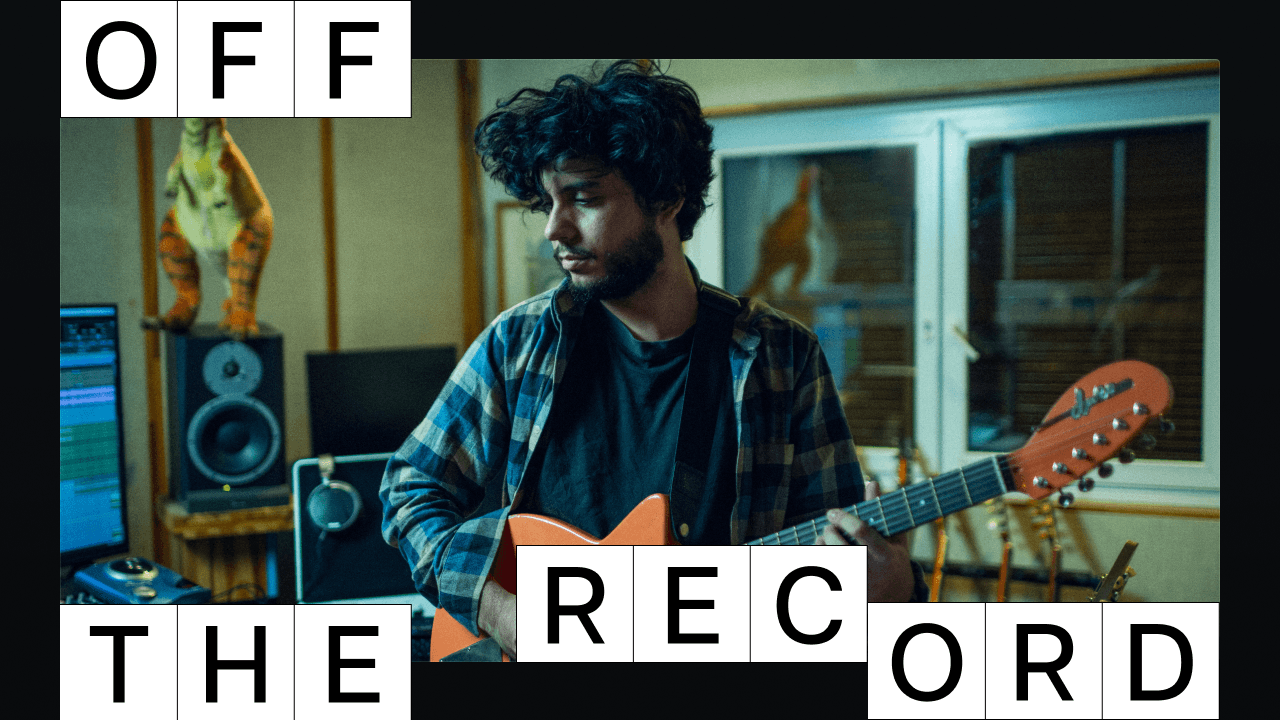Auto-Tune is a versatile tool that serves both as a subtle enhancer and a bold stylistic device. Born in the 90s, it continues to play a pivotal role in shaping the sound of today’s music.
In this exploration, we delve into Auto-Tune’s origins, its technical workings, and its profound impact on music production and artistic expression.
Tune in!
What is Auto-Tune?
Auto-Tune is a software tool used in music production that automatically corrects and adjusts the pitch of vocal and instrumental recordings. By analyzing audio signals, it matches pitches to a chosen scale, enhancing the accuracy and consistency of performances while allowing for creative vocal effects.
Beyond simple pitch correction, Auto-Tune serves as both a subtle enhancer and a dramatic stylistic tool. It can smooth out slight vocal imperfections or create distinct, robotic sounds that define entire musical styles. Auto-Tune’s versatility makes it an essential component in modern audio production, shaping the sound of contemporary music across genres.
The origins of Auto-Tune
When was Auto-Tune invented?
Auto-Tune was officially introduced to the world in 1997 by Antares Audio Technologies, marking a pivotal moment in music production. Its arrival was both celebrated and controversial, as it reshaped the way artists and producers approached recording.
The technology brought unprecedented precision to pitch correction, allowing producers to fix vocal imperfections in real-time without the need for manual editing. Before then, achieving a flawless vocal performance often required endless retakes and extensive manual pitch adjustments. With Auto-Tune, artists and sound engineers gained a tool that saved time and opened up new creative possibilities.
Who created Auto-Tune?
The mastermind behind Auto-Tune is Dr. Andy Hildebrand, a geophysicist who originally developed algorithms to interpret seismic data for oil exploration. Leveraging his expertise in digital signal processing, Hildebrand pivoted into music technology, creating Auto-Tune to solve a problem that had nothing to do with the oil industry.
The software utilizes Fast Fourier Transform (FFT) to detect and modify pitch, making it a groundbreaking innovation. By adapting his algorithms for audio, Hildebrand created a tool that could instantly correct pitch inaccuracies, forever altering music production.
How does Auto-Tune work? A technical overview
Achieving the perfect pitch
Auto-Tune operates by analyzing audio signals, detecting pitch, and adjusting it to match a predefined scale or desired tone. The software uses a complex set of algorithms to modify pitch in varying ways, allowing Auto-Tune to serve both subtle correction and bold effects, depending on the settings.
From subtle adjustments to extreme effects
One of the most compelling aspects of Auto-Tune is its versatility. It can make minor pitch adjustments that listeners hardly notice, or create dramatic, futuristic effects that define entire songs.
Auto-Tune is not just about fixing mistakes; it’s a powerful tool for crafting unique vocal styles. Key parameters allow producers to shape the sound further, adding expressiveness and maintaining a sense of natural vocal performance.
Some examples of those parameters are:
- Flex: Adjusts the degree to which the pitch correction is applied, allowing for more or less flexibility in pitch adjustments while preserving vocal nuances;
- Vibrato: Controls the modulation of pitch in the voice, adding a natural wavering effect that can enhance the emotional quality of the performance;
- Humanize: Introduces variations in pitch and timing to simulate the natural imperfections of human singing, helping to avoid an overly robotic sound;
- Retune speed: Determines how quickly the pitch correction is applied to the vocal signal, affecting whether the correction is smooth and natural or more abrupt and noticeable.
Auto-Tune vs. Melodyne: What is the difference?
Melodyne is another prominent pitch correction and audio editing software developed by Celemony. While Auto-Tune is often associated with a distinct sound effect, Melodyne is more about nuanced, detailed editing and manipulation of audio. It’s notable for the natural sound of its pitch correction.
Key features of Melodyne include:
- Detailed pitch correction: Allows for precise adjustments of individual notes in polyphonic audio (e.g. chords) as well as monophonic sources (e.g. vocal lines);
- Time stretching: Provides control over the timing of audio without affecting pitch; useful for adjusting rhythms and phrasing;
- Note separation: Enables users to separate notes within a chord and adjust them individually;
- Formant shifting: Alters the tonal quality of the voice or instrument without changing the pitch.
The rise of Auto-Tune in singing: From studio tool to iconic sound
Early adoption: Cher’s “Believe” and the birth of the Auto-Tune effect
The first major pop culture moment for Auto-Tune came with Cher’s 1998 hit “Believe.” Producers deliberately pushed the software beyond subtle correction, creating a robotic, wobbling vocal effect that would become synonymous with Auto-Tune.
This bold use of the new technology captured listeners’ attention and marked the beginning of Auto-Tune as a stylistic choice rather than just a pitch correction tool.
Auto-Tune in pop culture: T-Pain, Kanye West, and the evolution of the sound
As a vocal tuning tool, Auto-Tune continued to evolve from a secret recording studio fix to a bold artistic statement, influencing countless artists and genres and making itself present in popular music.
Throughout the 2000s, artists like T-Pain and Kanye West adopted Auto-Tune as a defining feature of their music:
- T-Pain’s heavy use of the effect popularized Auto-Tune in mainstream music;
- Kanye West’s album “808s & Heartbreak” showcased its emotional depth and versatility.
Rap artist Travis Scott’s distinct use of Auto-Tune further cemented the effect as being central to his sound, adding a surreal, atmospheric layer to his vocals that has become a signature of his style, influencing a new generation of artists.
Beyond pop: How Auto-Tune crossed into other genres
Auto-Tune’s appeal is not limited to pop music; it has found a place in a wide range of genres, including hip-hop, R&B, electronic, and even country.
Notable artists like Bon Iver and Daft Punk have used Auto-Tune to create distinctive soundscapes, demonstrating its creative potential beyond traditional pitch correction.
Using Auto-Tune today: Apps, plugins, and accessibility
Auto-Tune as a plugin: Integration in DAWs and audio production
Today, Auto-Tune is a standard feature in many Digital Audio Workstations (DAWs) like Pro Tools, Logic Pro, and Ableton Live. As a plugin, it integrates seamlessly into the music production process, allowing for easy pitch correction and creative vocal manipulation.
Producers can fine-tune performances or experiment with Auto-Tune’s more extreme settings to craft unique sounds, making it an indispensable tool in modern audio production.
Mobile apps for Auto-Tune: Bringing pitch correction to your smartphone
With the rise of mobile apps, Auto-Tune has become accessible to anyone with a smartphone. Several apps allow users to experiment with pitch correction and vocal effects on the go, making professional-quality pitch adjustment available to artists at all levels.
This democratization of technology has empowered more creators to explore Auto-Tune’s capabilities, whether for professional tracks or just for fun.
Live performance Auto-Tune: Singing with real-time correction
Auto-Tune has also made its way onto the stage, allowing for pitch correction during vocal performances. This real-time capability ensures that singers stay in pitch, enhancing live shows without compromising the energy of the performance. For some, it’s a safeguard; for others, it’s an integral part of their sound.
The debate: Is Auto-Tune cheating or a creative tool?
Auto-Tune has sparked intense debate within the music community. Critics argue that it can mask a lack of vocal skill, creating overly polished or artificial sounds. However, many artists and producers see Auto-Tune as a legitimate creative tool that allows them to explore new vocal textures and styles.
The discussion often centers on artistic intent: is Auto-Tune a shortcut, or is it simply another instrument in the artist’s arsenal?
Autotune as a creative choice
Beyond its role as a corrective tool, Auto-Tune has become a symbol of modern vocal production, pushing the boundaries of what’s possible with recorded sound.
From enhancing natural performances to creating otherworldly effects, Auto-Tune’s impact on music is undeniable. It allows artists to redefine their vocal identity, transforming what was once a simple audio fix into an artistic choice.
The future of Auto-Tune: Innovations and trends
AI and autotune: The next generation of pitch correction
As AI technology advances, Auto-Tune is evolving into even more sophisticated forms. AI-driven Auto-Tune software can make complex adjustments, predicting pitch needs with incredible accuracy and providing more nuanced control.
These innovations promise to push pitch correction and vocal effects into new territories, making the next generation of Auto-Tune even more dynamic and responsive.
Beyond the voice: Using Auto-Tune for instruments and sound design
Auto-Tune’s applications are not limited to vocals. Producers are increasingly using Auto-Tune on instruments, exploring its potential for sound design and experimental music.
By applying pitch correction to non-vocal elements, artists can create entirely new textures, demonstrating how Auto-Tune is so versatile that it goes beyond vocal tracks.
For example, Auto-Tune can be used to:
- Tune guitar solos for perfectly aligned bends and slides, giving a polished finish;
- Harmonize synth lines, creating complex, layered soundscapes;
- Enhance bass lines by tightening pitch variations, resulting in a more focused low end;
- Modify drum sounds by tuning percussion to match the key of the song, adding more musicality to the rhythm section;
- Experiment with sound design by applying extreme pitch corrections to any instrument, producing glitchy, robotic effects that push the boundaries of traditional music production.
Is Auto-Tune necessary?
Auto-Tune is a powerful tool, but it’s not mandatory. Its use depends on artistic direction, and for many artists Auto-Tune is a creative choice, enhancing vocals or adding unique traits. However, some prefer raw, unaltered recordings to preserve the authenticity of their performances, embracing imperfections as part of their artistry.
In genres like pop, hip-hop, and electronic music, Auto-Tune is often used to achieve the polished, modern sound that listeners expect. But in rock, folk, or jazz, natural vocal and instrumental tones are more valued, and Auto-Tune may be deliberately avoided.
Auto-Tune’s legacy and its continued influence on music
Auto-Tune’s journey from a niche pitch correction tool to a defining sound of modern music reflects the evolving relationship between technology and creativity. From subtle studio tweaks to bold artistic statements, Auto-Tune has left an indelible mark on the music industry, influencing how we perceive and produce sound.
For today’s musicians and producers, Auto-Tune offers endless creative possibilities. However, many still prefer raw, natural sounds. Whether you want to embrace it or not, it’s up to you.
After all, what is Auto-Tune if not a tool among many in a producer’s toolkit? Its use is entirely optional and should align with your artistic vision and what the music needs.







